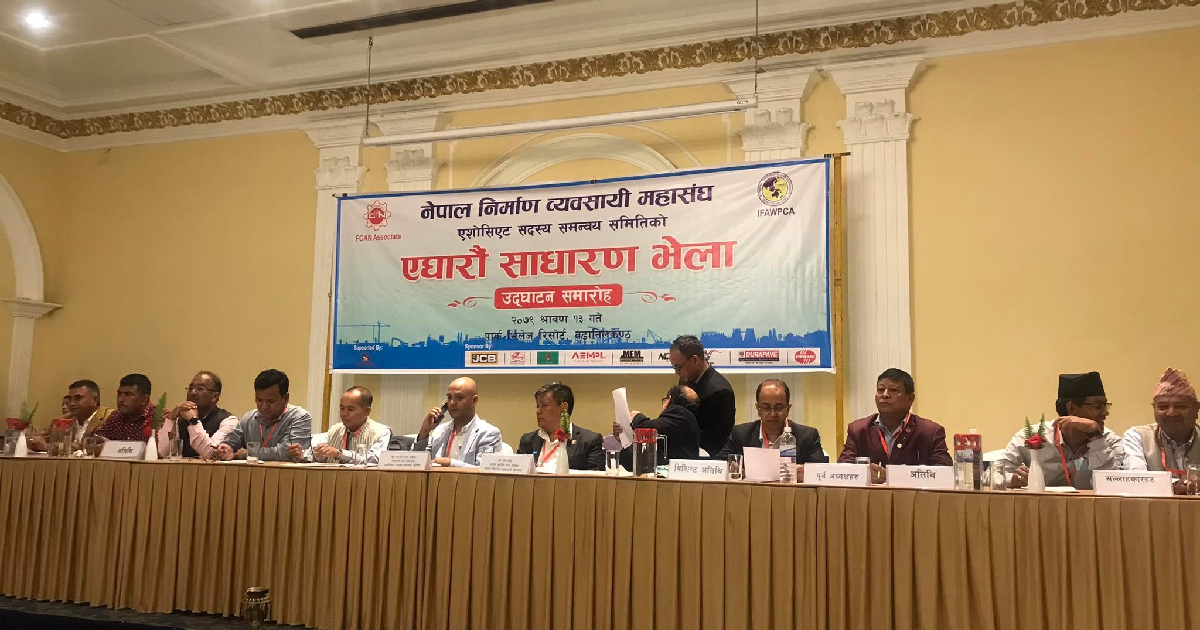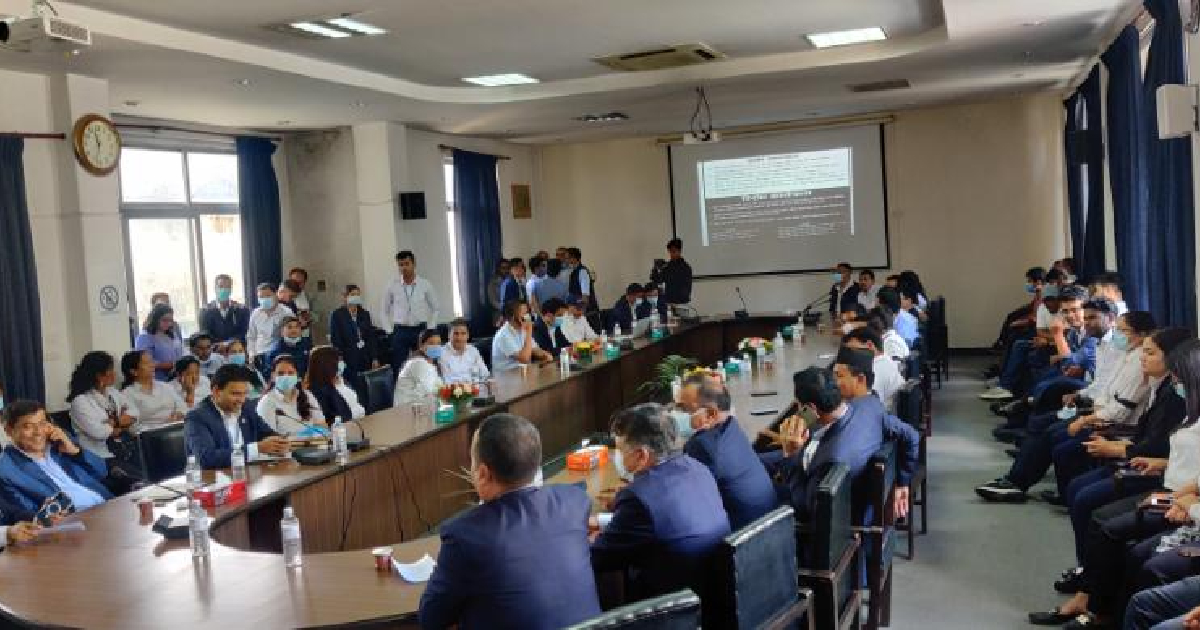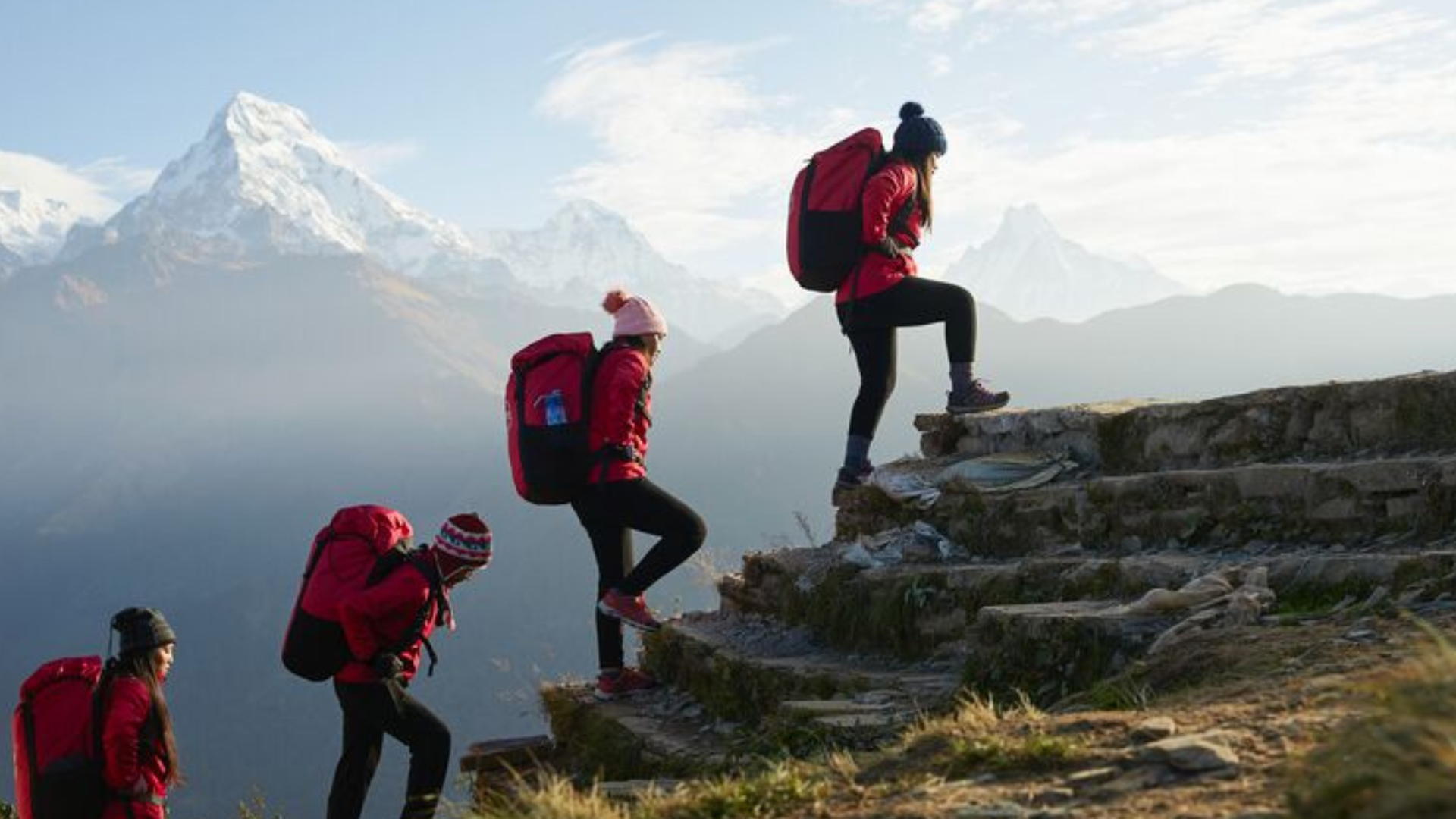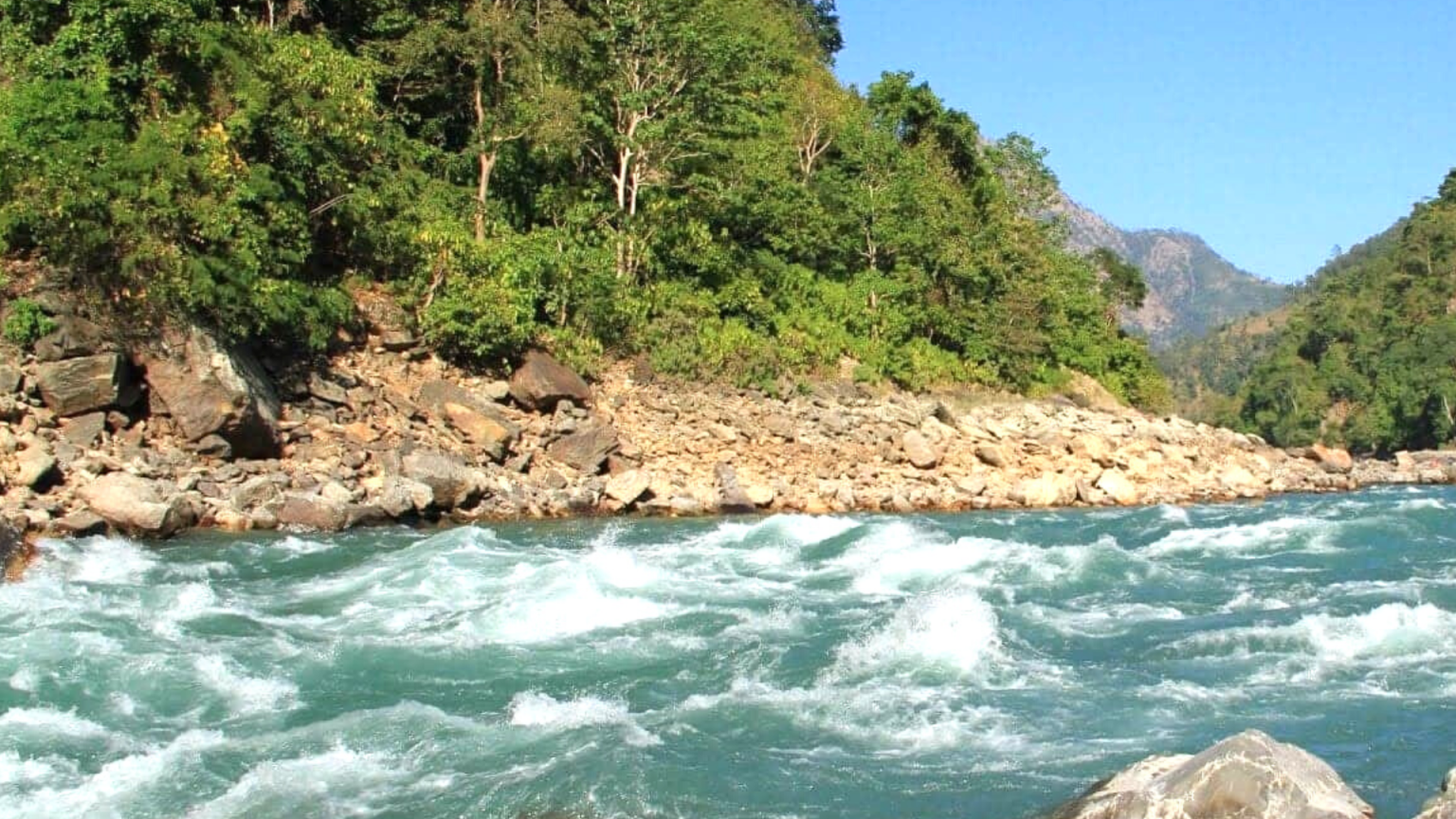



Similarly, the Chandragiri cable car has been in operation for 6 years. More than 3,000people travel on an average daily in this cable car that has been operating in western Kathmandu. Likewise, cable cars have also been put into operation in the tourist city of Pokhara and the religious spot of Kalinchok in Dolakha. An87-km Birethanti- Muktinath cable car, which is considered to be the longest in the world, is under development. The list of cable cars is getting longer every passing year. Director General of the Department of Industry (DoI) RamchandraTiwari said that 23 cable cars have been registered till the end of 2021/22. Out of those registered four are in operation and others are under construction and others are in various stages of construction. Currently, a total of 25 cable cars are in various stages of development in the country under the oversight of the DoI and Office of the Investment Board Nepal OIBN). One cable car will provide direct employment to 2,000 people and indirect to more than 10,000.
Sole investment from the private sector
An investment worth Rs 75 billion is estimated in two dozen cable cars which are in different stages of development. About Rs 50 billion is being invested in the Muktinathcable car alone, while more than Rs 25 billion rupees is estimated in other projects as per the data compiled by the DoI and the OIBN.
Arun KumarSubedi, Chairman of Muktinath Cable Car Limited, said the company is going to invest more than Rs 50 billion as a lucrative venture. “When we complete construction of the cable car and put it into operation, we will be able to make an impressive business worth Rs 70 billion every year contributing at least 10 billion to national revenue,” Subedi said. IME Group, the main promoter of Chandragiri Cable Car, is going to build cable cars in all seven provinces. “We are planning to set our Group’s footprint in all seven provinces in cable car operation,’ Hem Raj Dhakal, Managing Director of IME said.
Dhakal said after the success of Chandragiri Cable Car and Chandragiri Resort, a rapid increase in the construction of cable cars could be seen, especially in tourist destinations and religious spots. The cable car has become a critical transport infrastructure to bring domestic and foreign tourists to such touristic and religiously important areas, offering convenience to children, differently able, and elderly people.
Teknarayan Poudel, Deputy Secretary of the Ministry of Culture, Tourism, and civil aviation, said that the movement of domestic tourists has also increased after Covid-19 and so has in cable cars. “The attraction of tourists in areas with cable cars seems to have increased because the infrastructure for adventure and other tourist activities has been built there,” said Paudel.


“The attraction of tourists in areas with cable cars seems to have increased because the infrastructure for adventure and other tourist activities has been built there”
Recently, many cable cars have been built in many religious places and tourist areas, targeting domestic and foreign tourists, but the government has not invested so far. The interest of investors in cable cars is growing day by day. However, the promoters have their own tales to share regarding the procedural and administrative difficulties in the process of registration, study, construction, and operation of cable cars. They narrate bitter experiences with the government system as the promoters of cable car companies.
One after another obstacles
The experience of businessmen who enthusiastically took the risk to invest in cablecars when the government’s investment is zero is not pleasant. They complain that the impractical process set by the government process has made them discouraged.
‘We are ready to invest. We are ready to take risks. However, because the government process is very complicated, it is difficult for private investors to proceed according to the plan’- which is the common grievance of cablecar operators.
Developers have to suffer time and cost overruns due to the complicated government process. Although the implementation process started about 6 years ago through the InvestmentBoard, the construction of the Muktinath cable car is still uncertain. And, it has not been decided when the construction will start. The operators claim that the initial cost of this cable car was estimated at Rs 35 billion rupees, but now it has exceeded Rs 50 billion.
For cable car development, first, a preliminary survey (study) is necessary to be followed by the development of the business plan. After this, the process of construction will proceed only after completing a long process including registration at theDoI, environmental impact study, approval in principle from concerned local bodies, and a detailed study. After this, the developers face challenges in the process of land acquisition (both the government forest area and private sector land)and determination of compensation.


“The procedural delay for obtaining permission from local bodies and the Ministry of Forest and Environment and Industry as well as acquiring land are the factors that cause time and cost overruns in the projects”
In the experience of Dhakal, Managing Director of IME Group, developers have to face many difficulties due to the lack of policy clarity of the government, lack of facilitation, and lack of inter-agency coordination. “The procedural delay for obtaining permission from local bodies and the Ministry of Forest and Environment and Industry as well as acquiring land are the factors that cause time and cost overruns in the projects,” said Dhakal.
“Even after the preparation of the detailed study report (DPR), financial management and geological studies take a lot of time. The whole process is not easy. It is very


discouraging”
The experience of Ramchandra Sharma, president of Bandipur cable car, is also not different from that of Dhakal. He said that he had to struggle for a long time to get approval from the forest office as well as the local level, various agencies under this, and citizen groups as well.
If there is a forest area above five hectares, the Environmental Impact Assessment (EIA) is necessary while for below 5 hectares, an Initial Environmental Examination (IEE) should be conducted.
The lack of understanding of the government about the importance of cable cars and the lack of facilitation from the government agencies are major pain points, according to the investors. Subedi, president of Muktinath Cable Car, said that the government, policymakers, and politicians do not want to understand the fact that the development of tourism can contribute significantly to both revenue and employment with the development of cable cars without government investment.


“It is the tragedy of Nepal that the government agencies and politicians are not able to know the benefits that the government can reap if the projects are completed on time”
He complains that although the process for the construction of the cable car has been started 6 years ago, both the cost and time are increasing due to the delay due to the hassles in the government agencies. “It is the tragedy of Nepal that the government agencies and politicians are not able to know the benefits that the government can reap if the projects are completed on time,” he added.
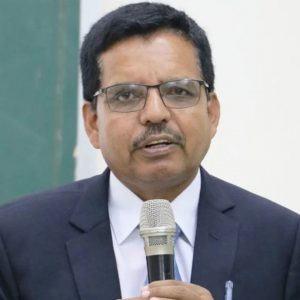

“We have noted the complaints from investors. Hence, we are exploring measures on how to make the construction of development projects easier and faster”
Government officials, however, said that they are ready to facilitate the process, but everyone must follow the existing policy and rules.
If the government takes efforts to encourage the private sector to invest in the cable car projects as an opportunity to mobilize it for national infrastructure development and create a comfortable environment, a positive message will reach foreign investors as well.






